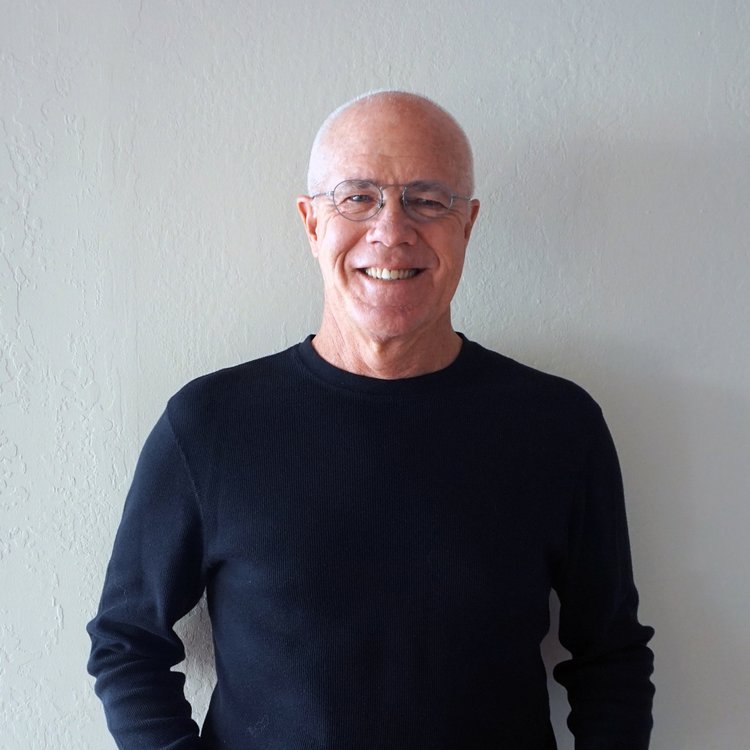First Hit: I both learned something about Vincent van Gogh and enjoyed the film's journey about this amazing painter.
I love van Gogh’s work. Next to Mark Rothko, he’s my favorite artist. Early in this film, van Gogh (Willem Dafoe) is shown walking towards a young woman tending her flock. He says he wants to draw her, then we fade into scenes where we watch Vincent in nature looking for something that grabs him, so he can stop and paint.
The film emphasizes that van Gogh liked to paint in one swoop – meaning what he saw and felt internally in that moment had to be completely documented and painted in one attempt.
The film also noted that Vincent ate poorly, sometimes only existing on bread and booze. He also drank heavily possibly to quiet the raging internal voices.
Often, van Gogh states that painting was the only thing he knew how to do. At one point he claims that when he paints, it's the only time, he finds internal peace and mental quiet. It was, as one told him, his meditation. He stated there were occasions where he didn’t remember events and what happened to him, and as a result of these events, he found himself in trouble or a mental hospital.
The film gave a significant amount of time towards his friendship towards fellow painter Paul Gauguin (Oscar Isaac), who was discovering some success. Although their styles were different and they argued a lot, there was a friendship between them. Vincent was more dependent on the relationship. Gauguin pushed van Gogh to take his time, consider the canvas and how the paint adheres to the canvas while painting, while van Gogh kept saying, one must work quickly to catch the feeling given the artist in that moment. Use color and paint to show the power being shown the artist.
Theo (Rupert Friend), Vincent’s brother, supported Vincent by sending him money each month. Vincent would spend the money on painting supplies because as later shown, Vincent was a prolific painter. He created some 2,100 pieces of art and 860 of them oil paintings.
As he delved into his style of bold expressive colors, painted impulsively and dramatically. His brother tried selling his art as his agent, but nobody wanted to buy the paintings. He also drew drawings in an accountant’s ledger book, which according to the film wasn’t found (discovered) until 2016.
The film gets back to the opening sequence with the young lady with her flock. The encounter doesn’t end well and was one reason he found himself in a sanitorium or hospital. Vincent had internal demons it was situations, such as these, that he didn’t remember, that caused him to be a scary person to others.
For someone who was rejected by his fellow artists and the world back then, today his paintings can demand in excess of $50m each.
There has been some controversy about how Vincent died. It’s been said and written that the gunshot stomach wound he had was self-inflicted, however, the film has it that he was shot by one of the two young men that were robbing him of his supplies while he was out painting one day.
Dafoe was very strong as van Gogh. His rough angular face looked much like van Gogh’s might have looked like. But it was Dafoe’s eyes that shared the intensity and other worldly nature of artist. Isaac was strong as Gauguin. Friend was very good as Vincent’s brother Theo. Jean-Claude Carriere and Julian Schnabel wrote this interesting dialogue. Schnabel did a wonderful job of creating scenes that kept me visually and mentally engaged.
Overall:I felt like it must have been very difficult to be Vincent van Gogh – if he only knew how his great work would finally be accepted.
